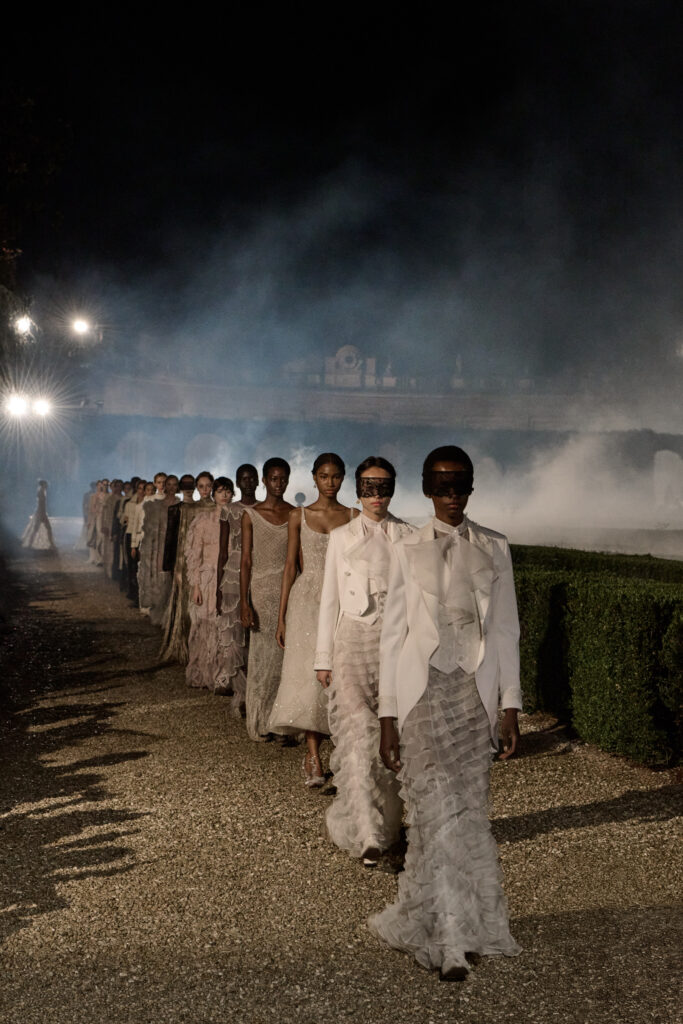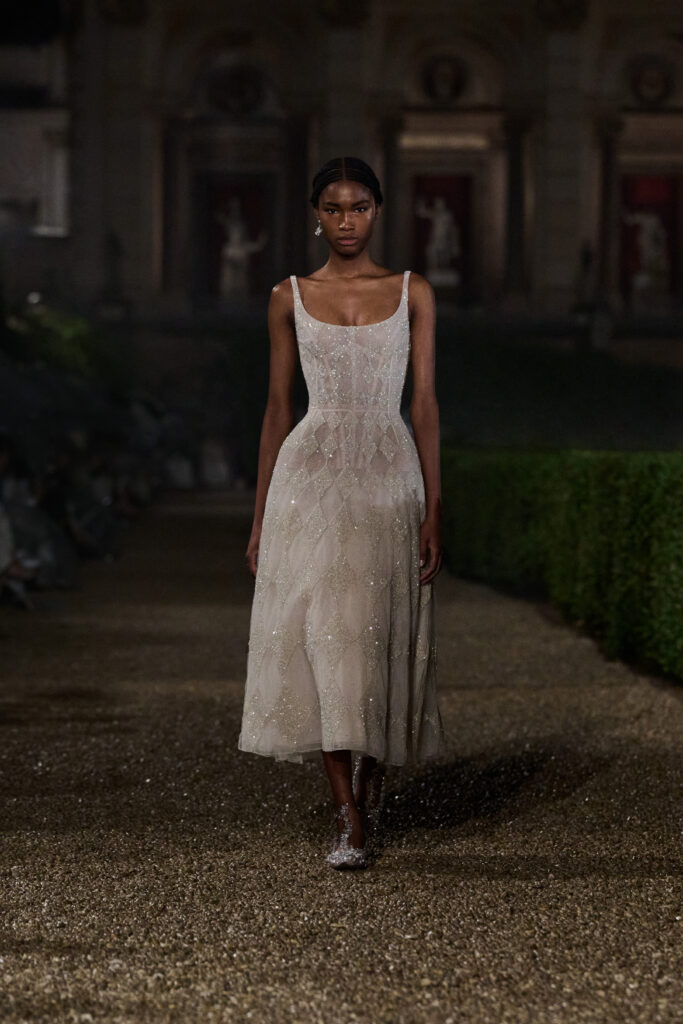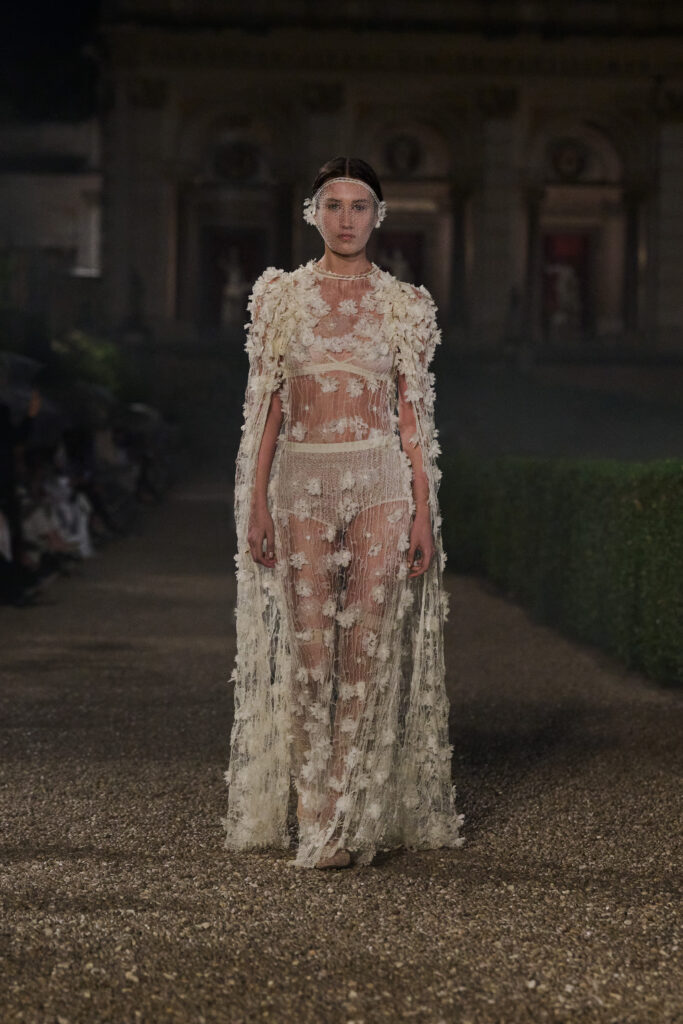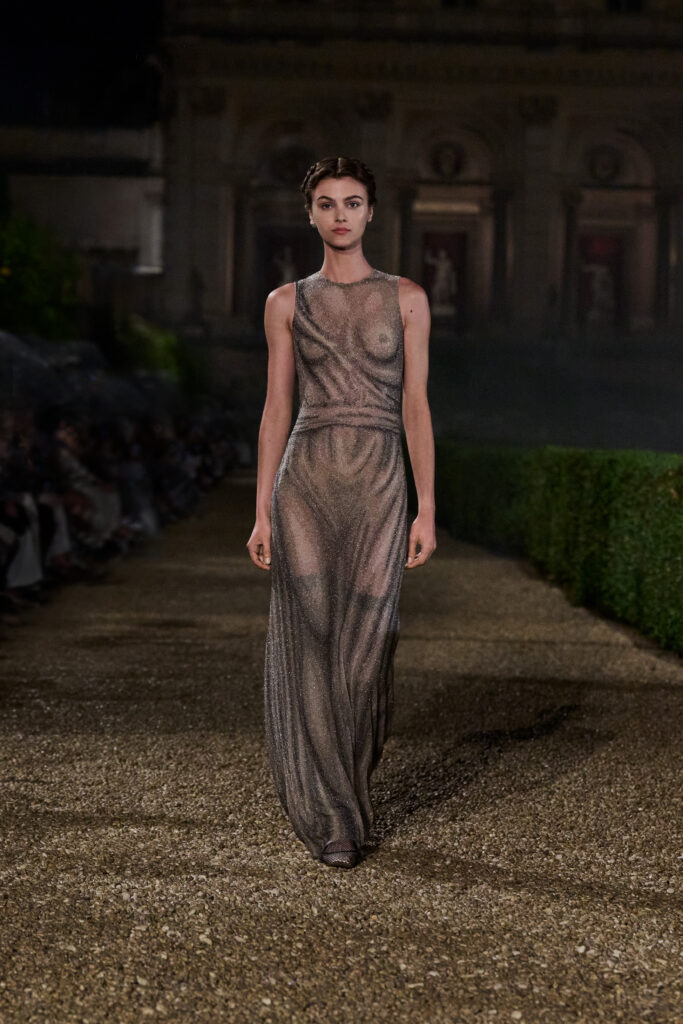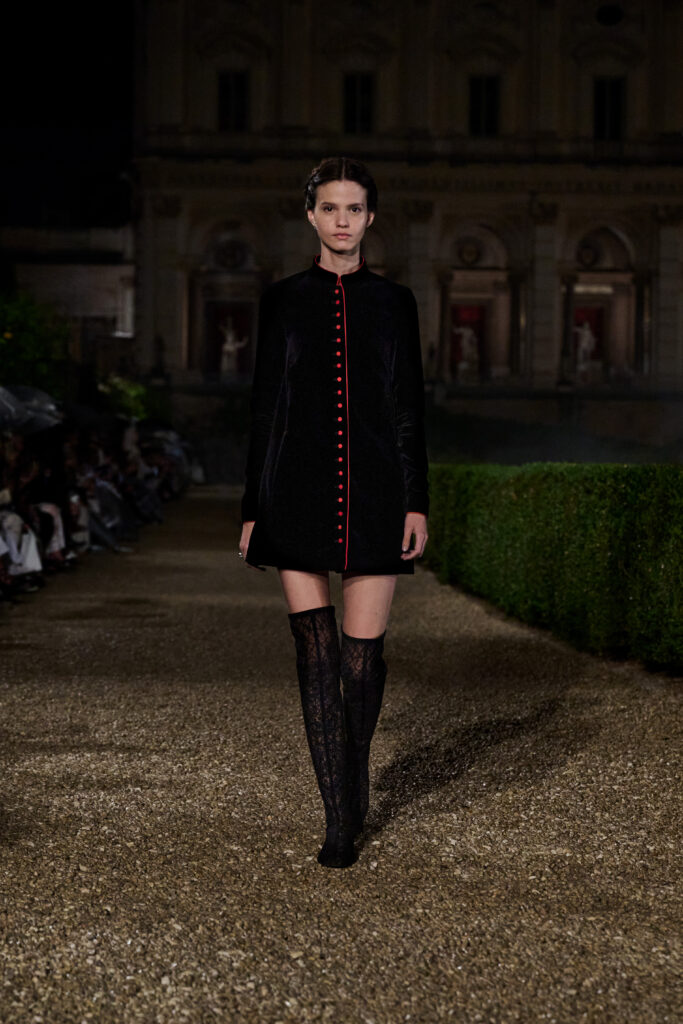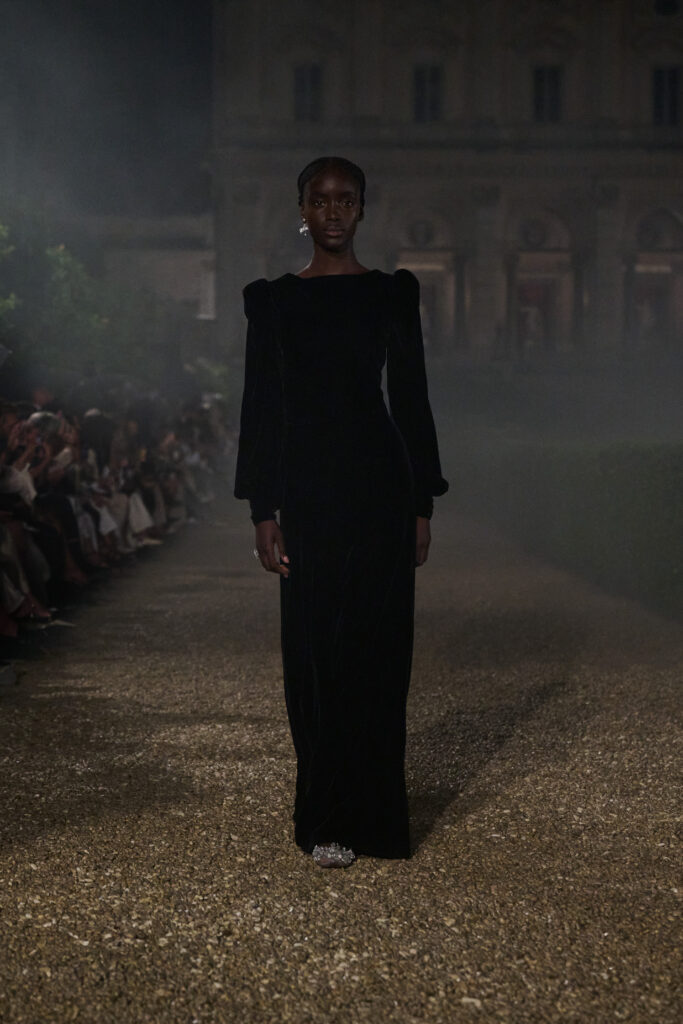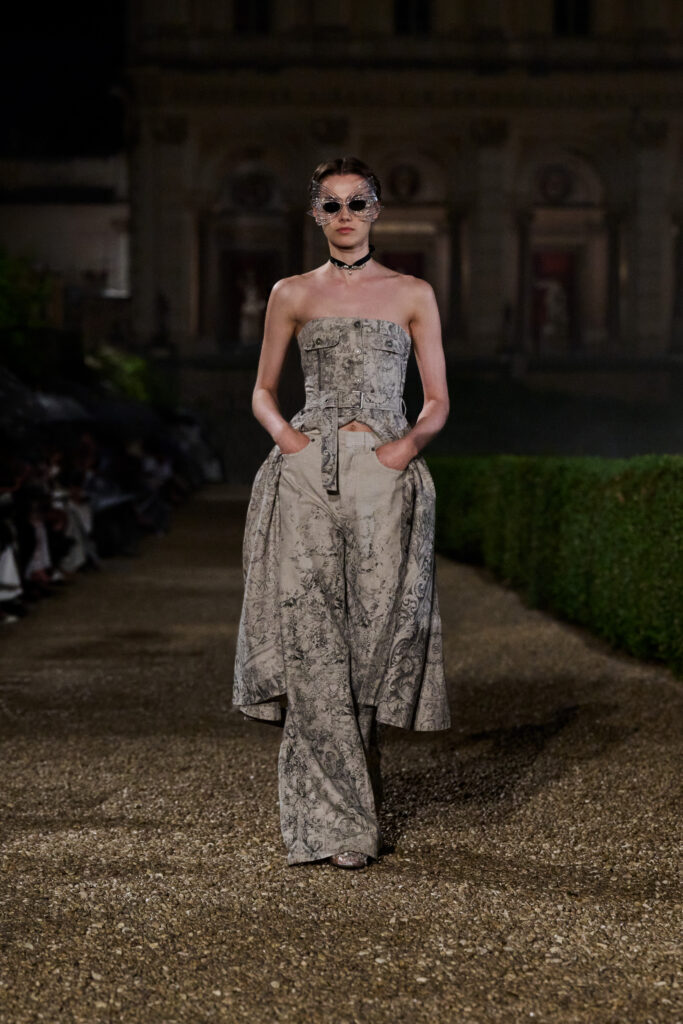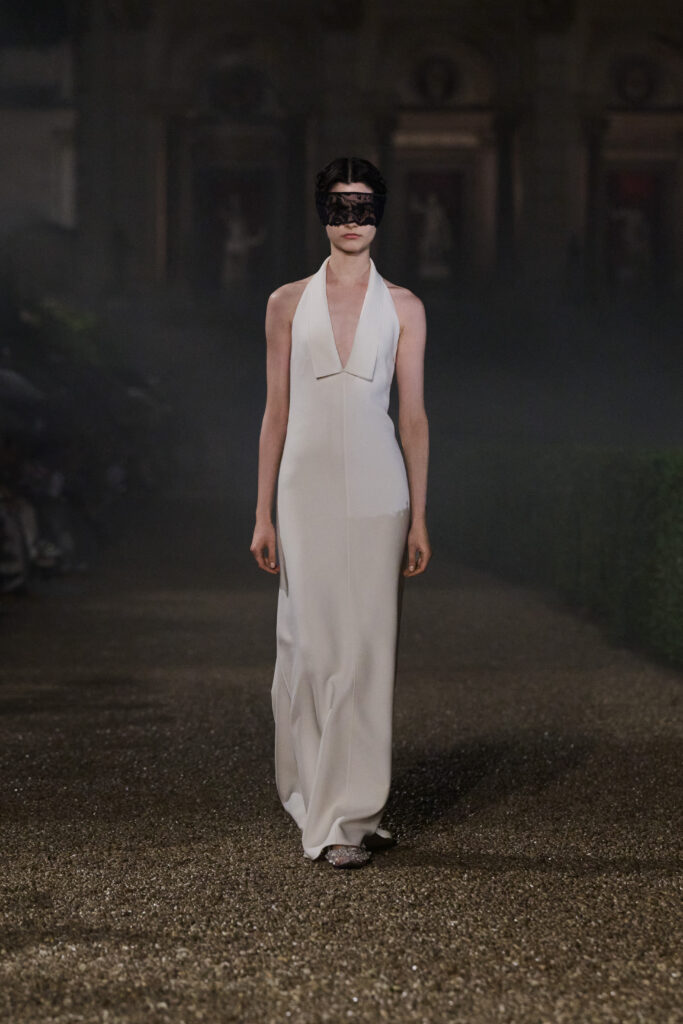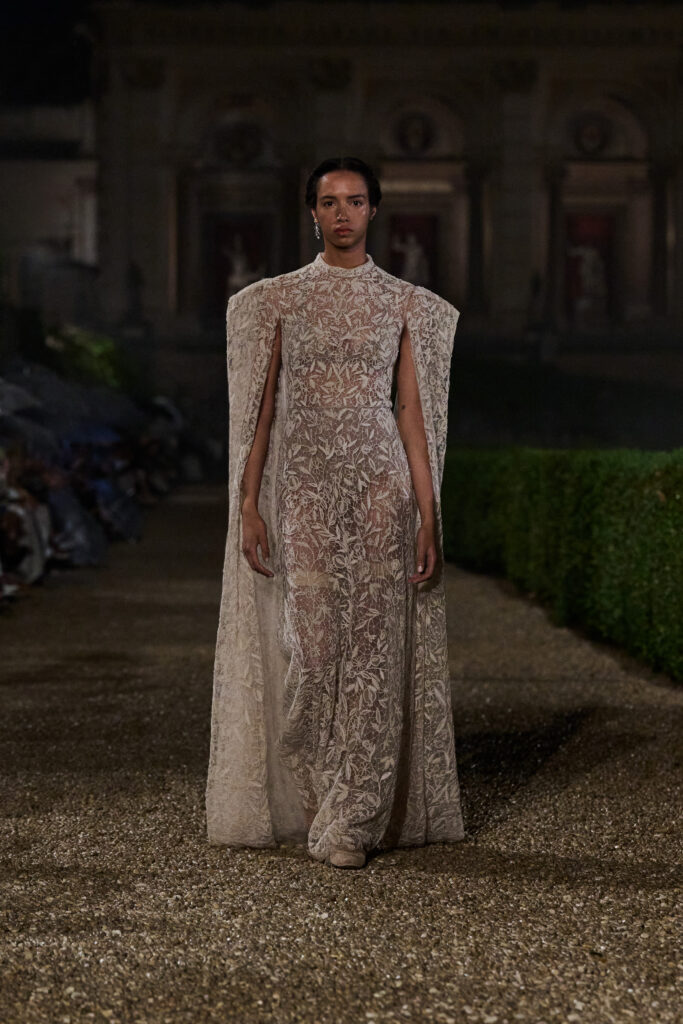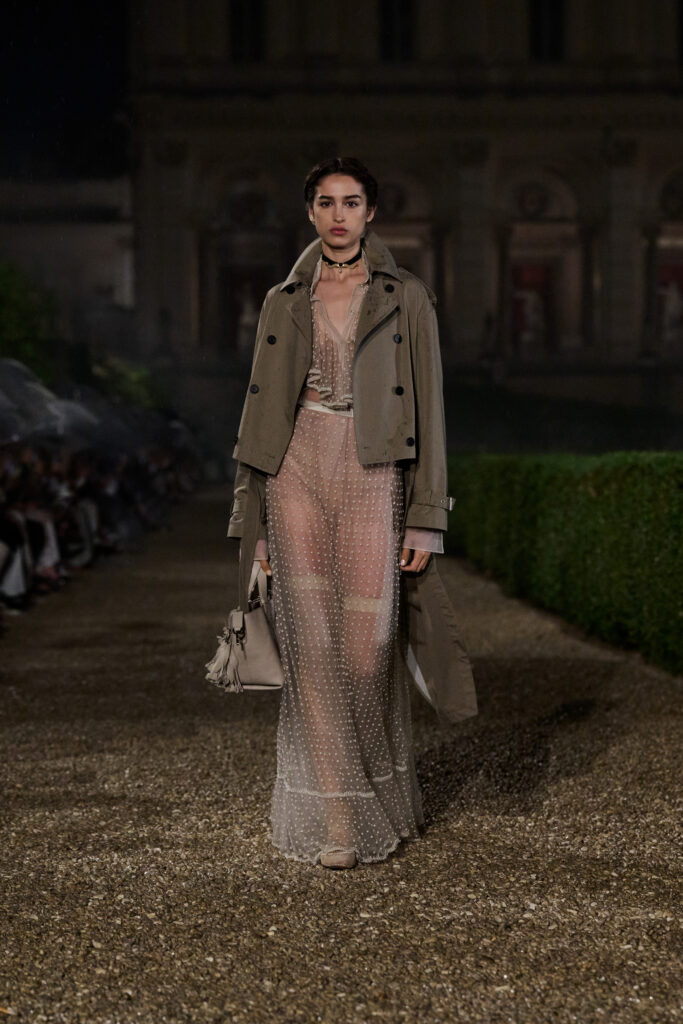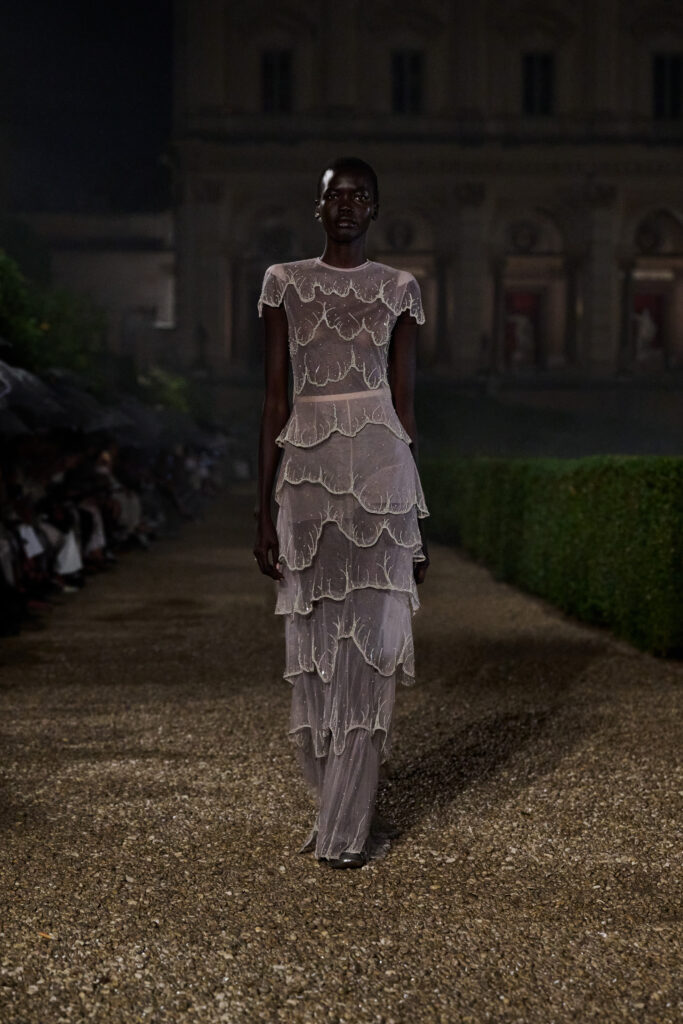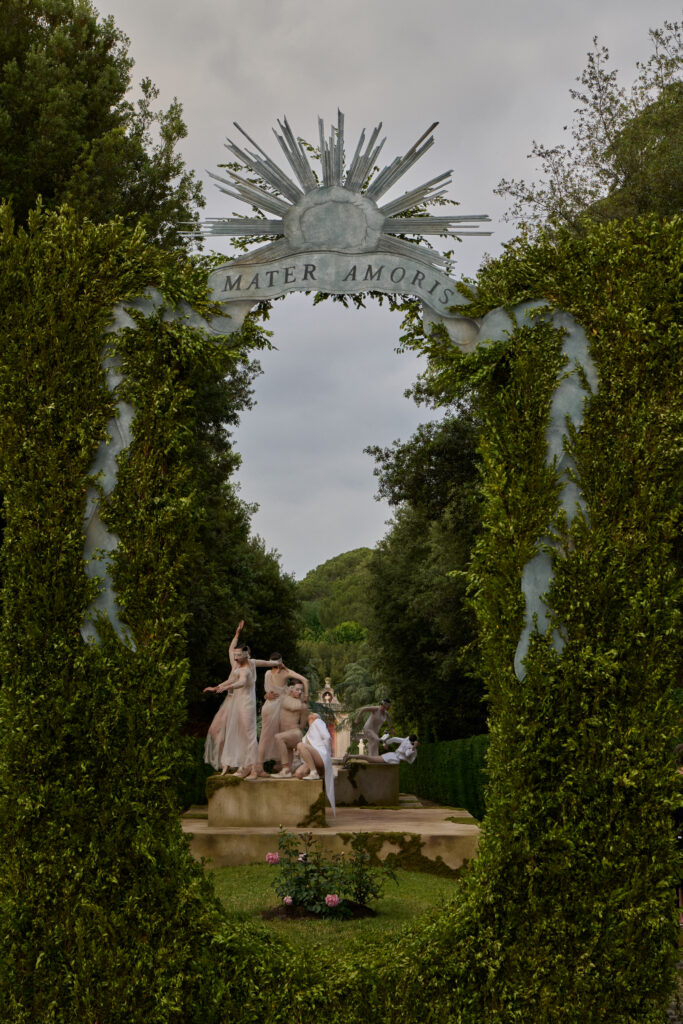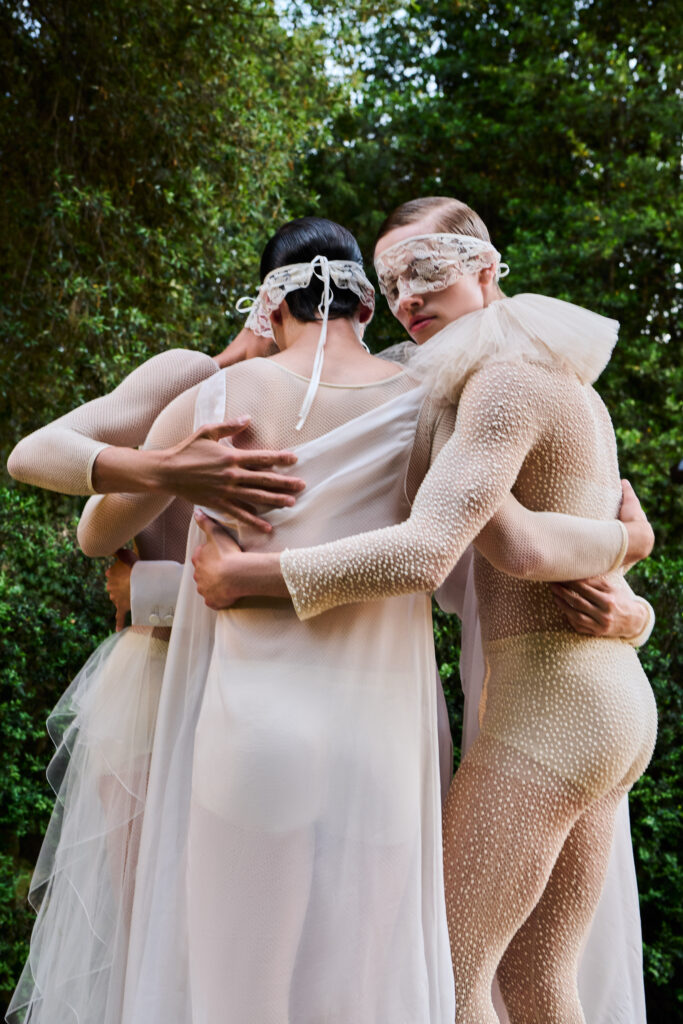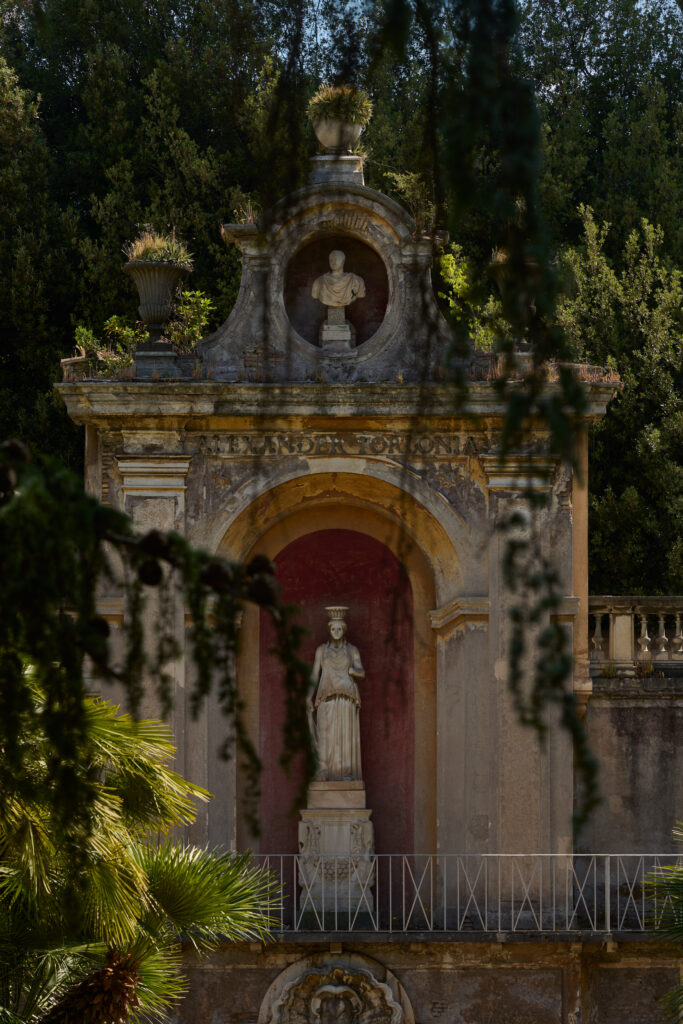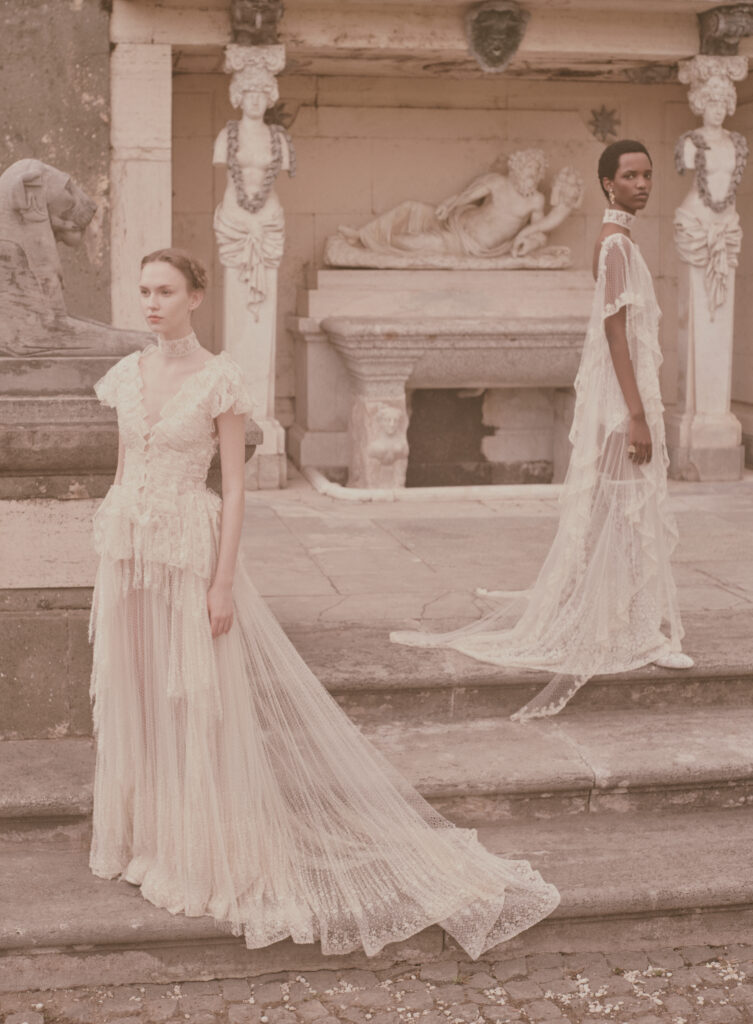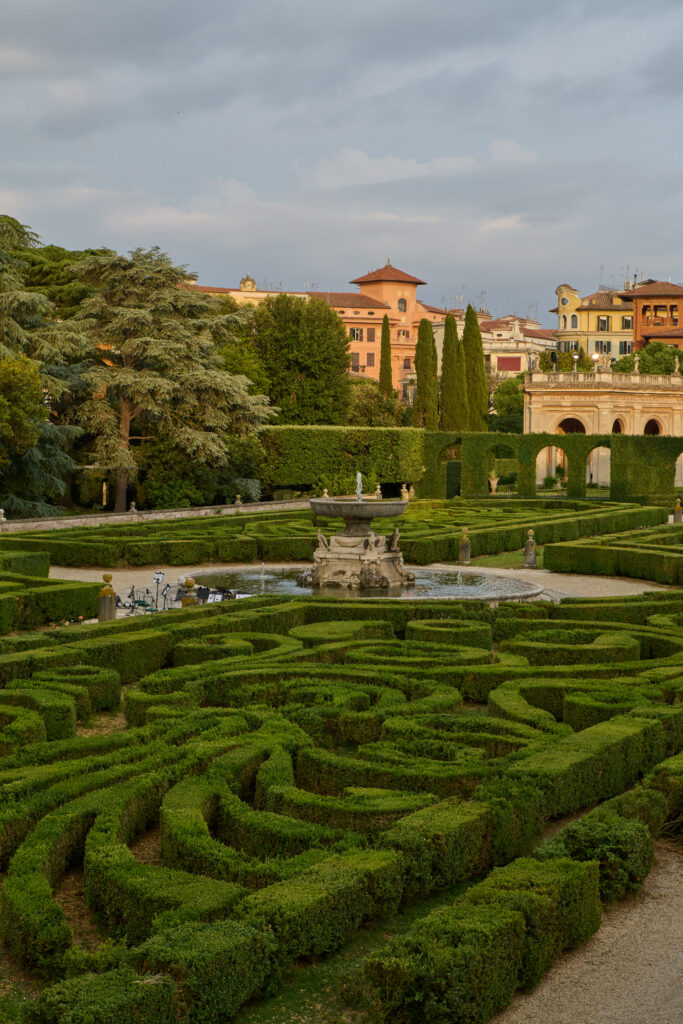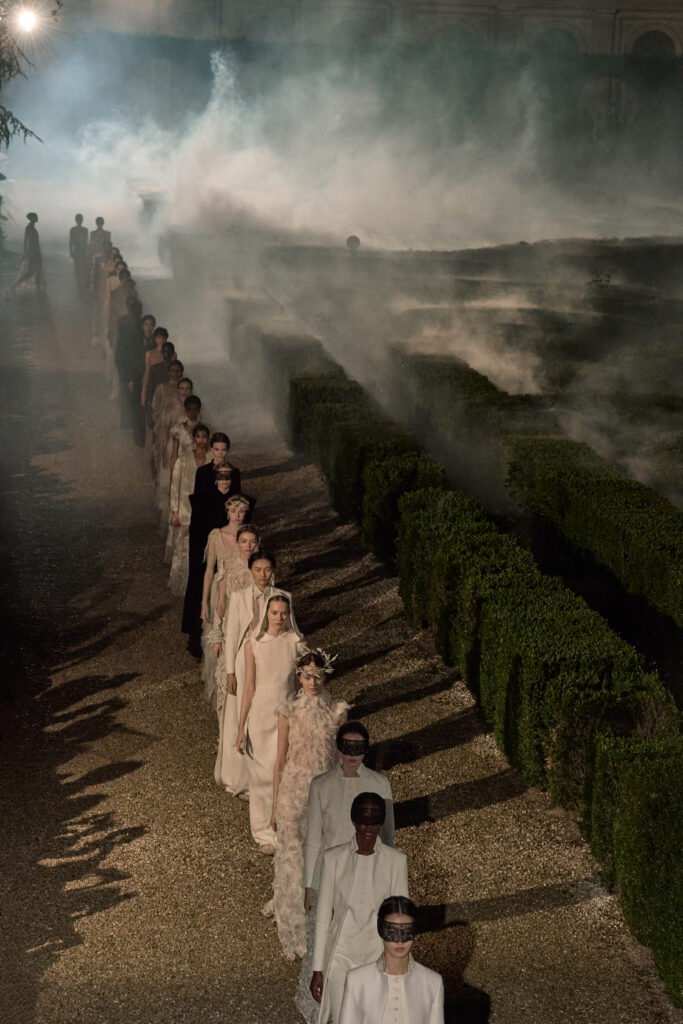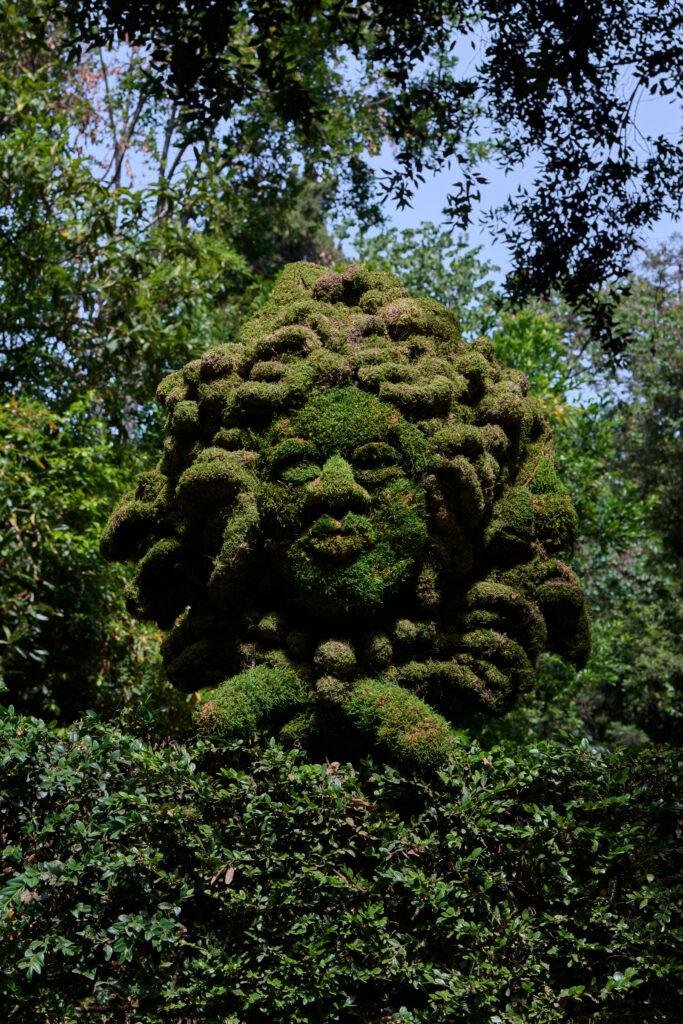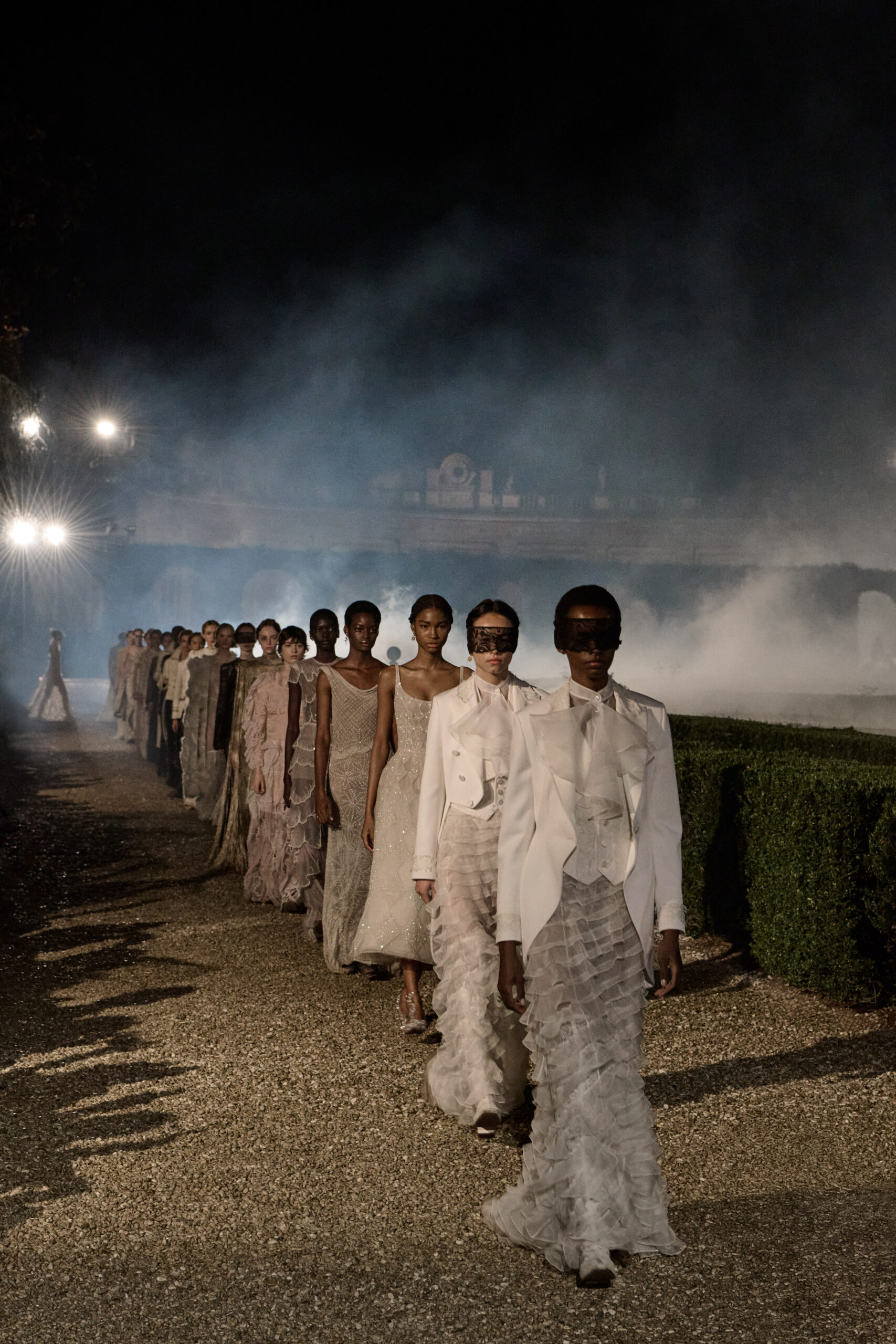Beneath the trees and neoclassical statues of Villa Albani Torlonia, the Maison unveiled its Cruise 2026 collection. Since her groundbreaking appointment in 2016 as Dior’s first female creative director, Maria Grazia Chiuri has shaped the house with a distinct vision, championing women’s voices on the runway, collaborating with female artists, and ensuring each collection resonates both politically and culturally.
Drawing inspiration from Mimì Pecci-Blunt, the Roman aristocrat known for her extravagant masked balls and role in the city’s cultural life, Chiuri built the collection around the idea of the “Bal de l’Imagination.” The garments focused on sharp contrasts such as tailored vests over wide skirts, military-style jackets with black detailing, chasuble-like dresses, sheer lace pieces, and structured velvet looks in red and black. The palette stayed mostly in whites and ivories, with texture coming through embroidery, overlays, and light fabric work.
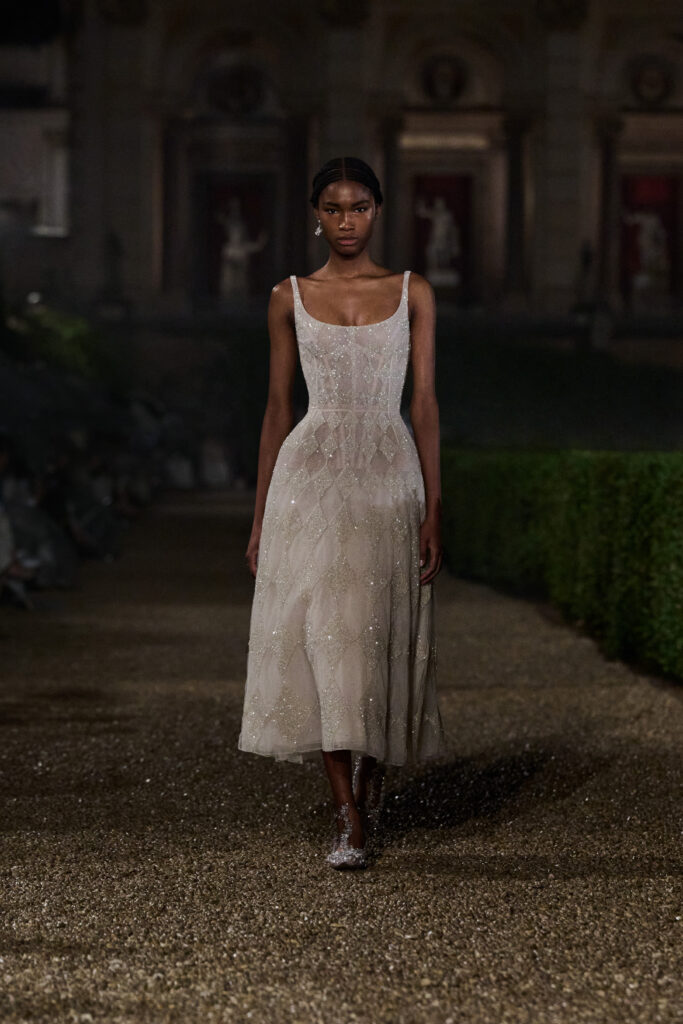
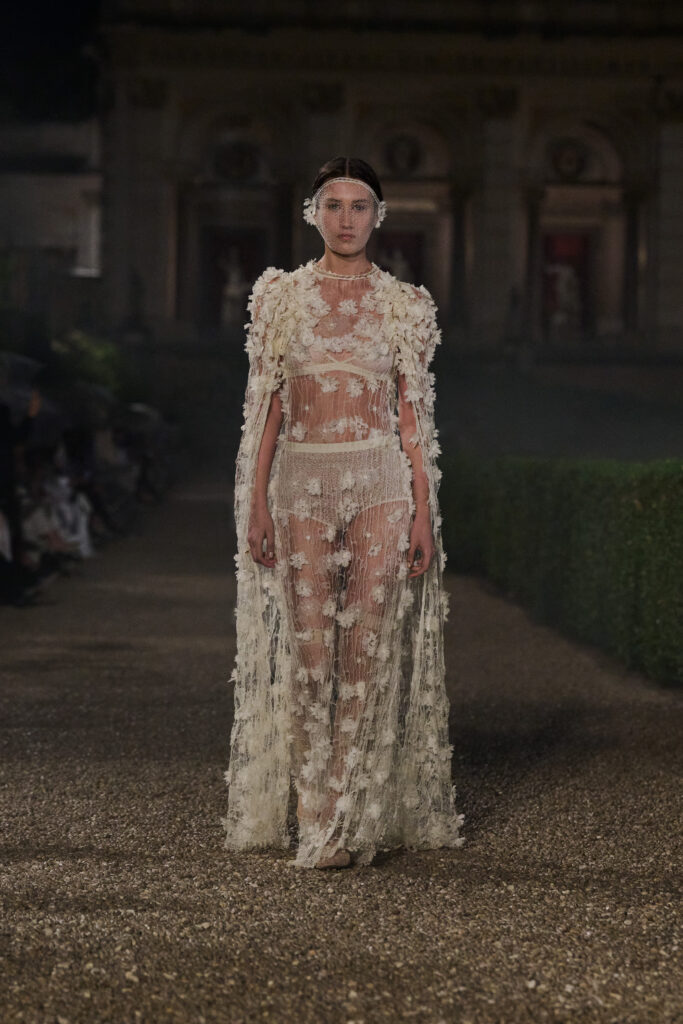
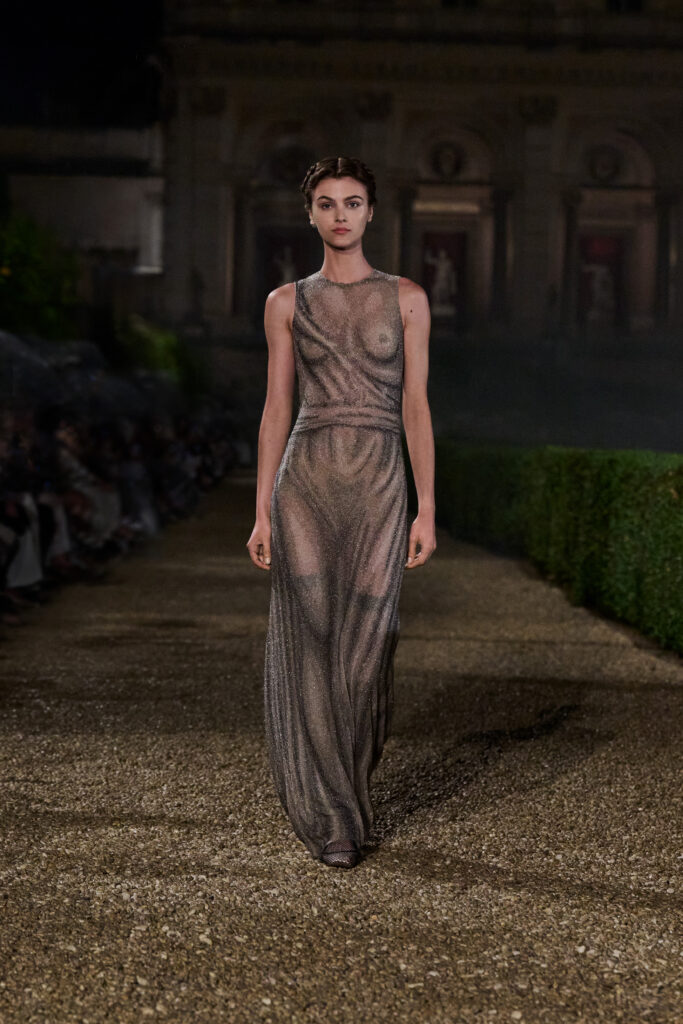
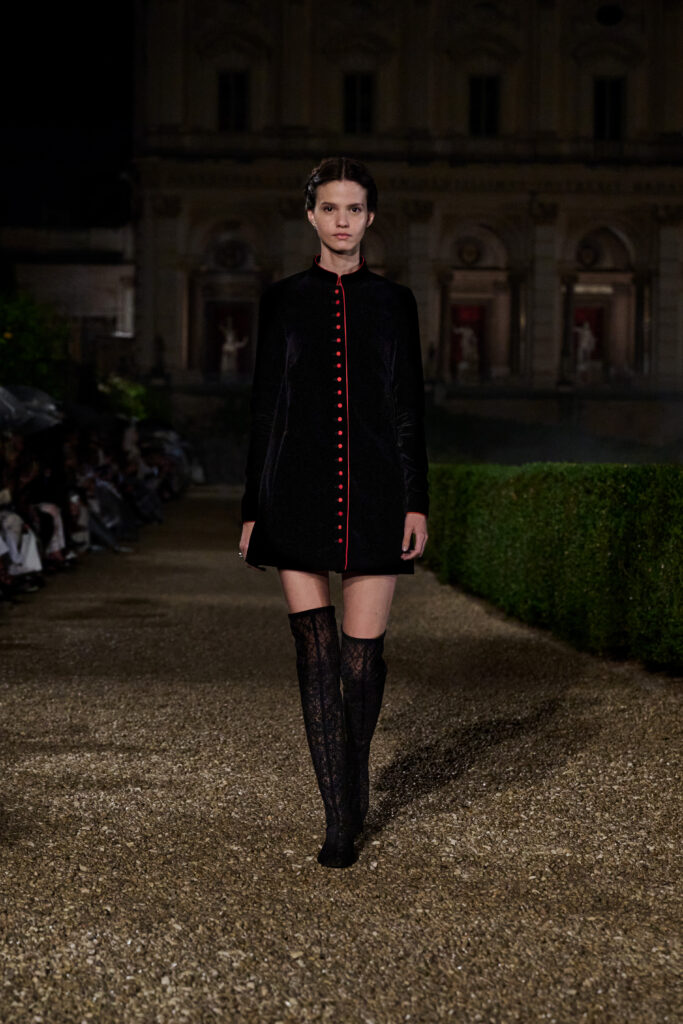
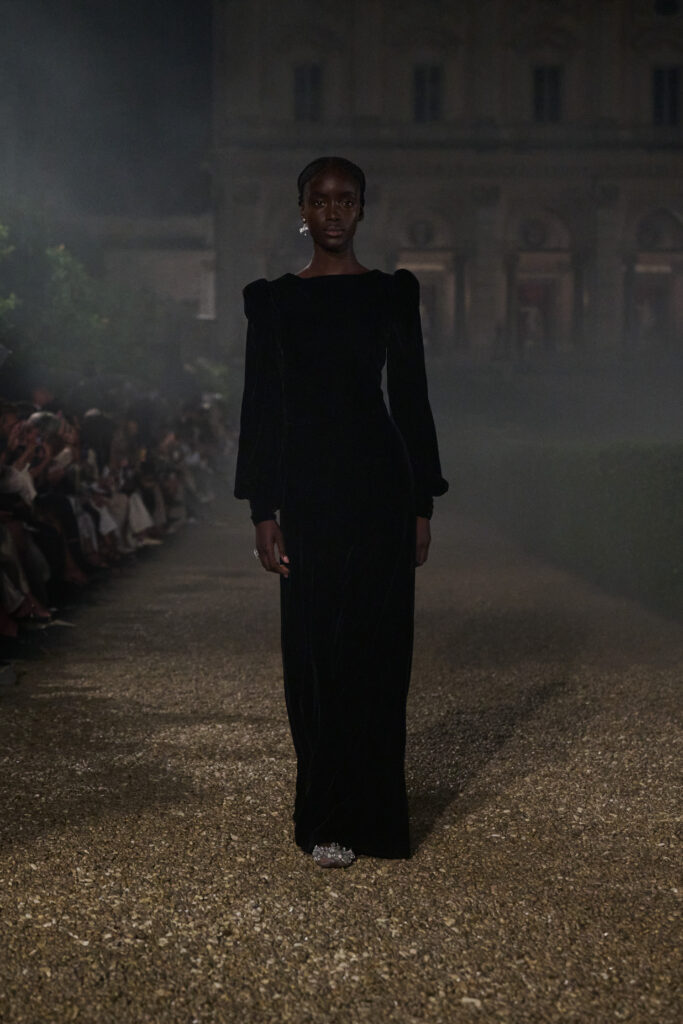
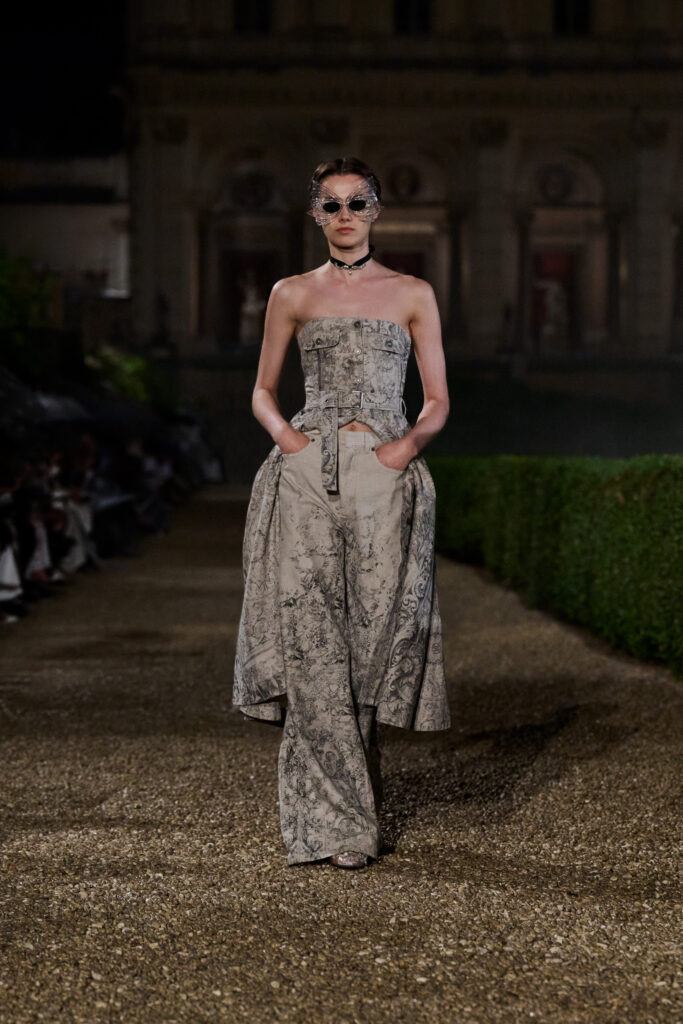
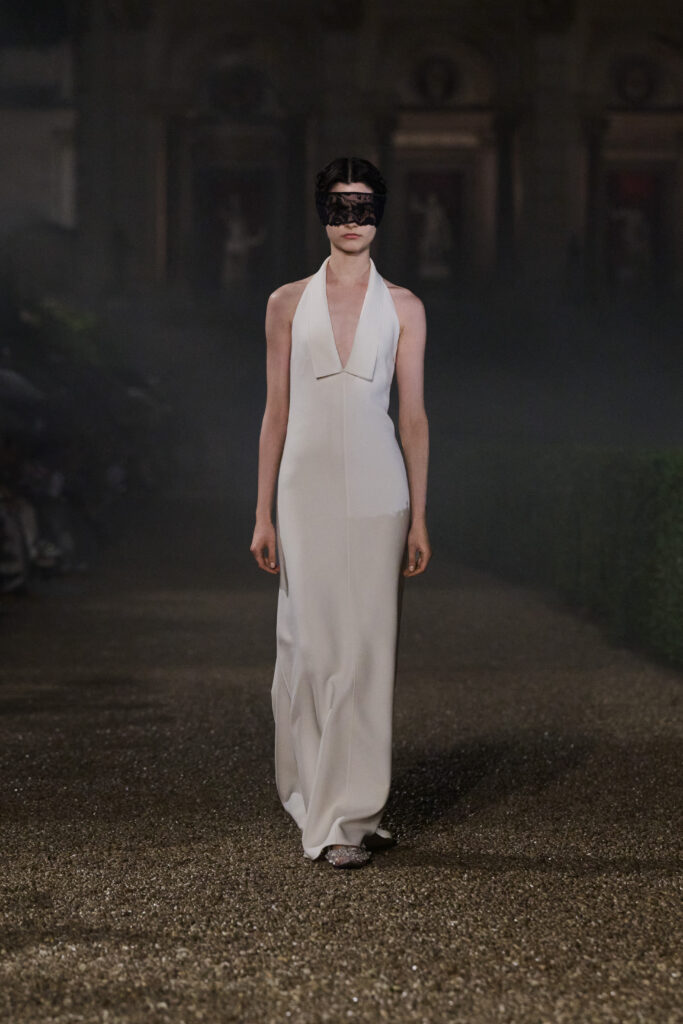
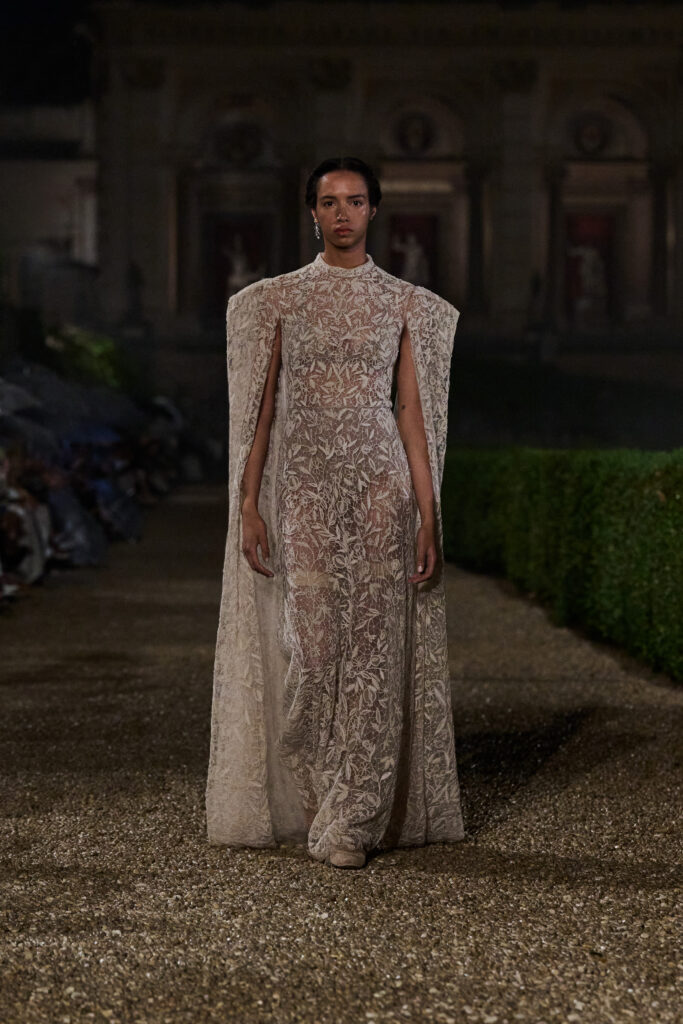
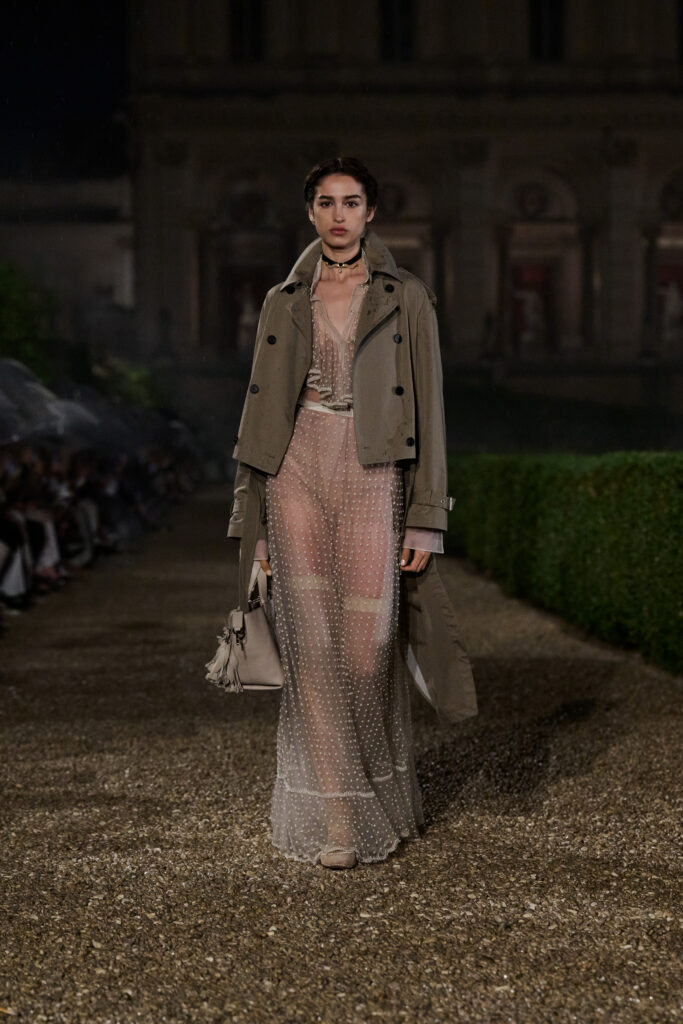
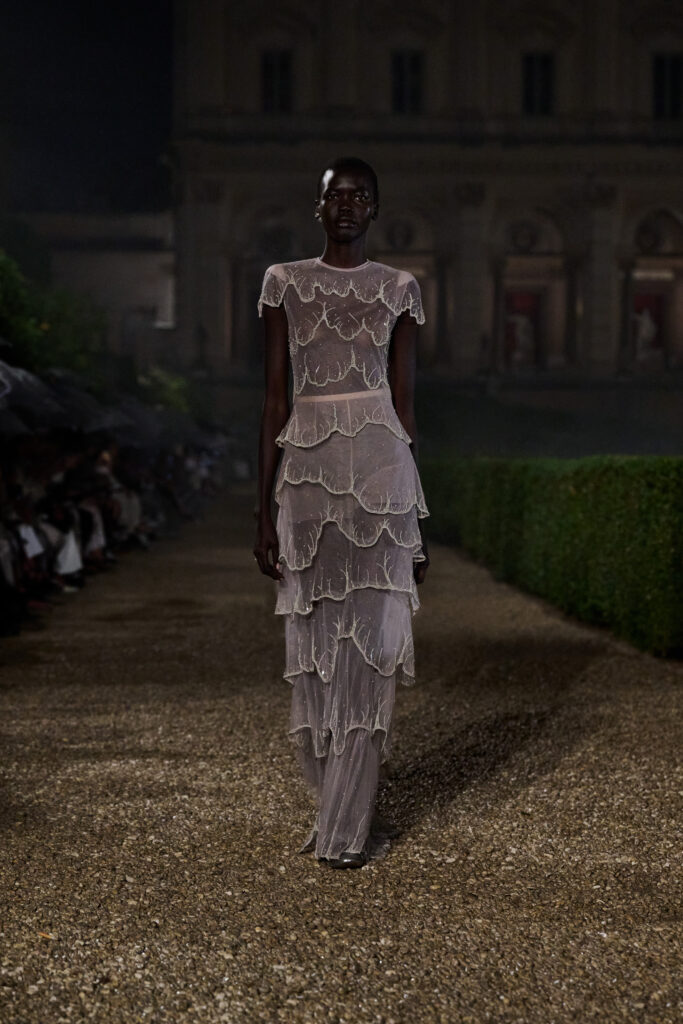
Courtesy of Dior
Every look combined historical references, creating a lineup inspired by costume, tradition and the idea of a contemporary transformation. Yet the exploration extended; to enrich the vision, Chiuri collaborated with Italian filmmaker Matteo Garrone, whose short film, Les Fantômes du cinéma, screened alongside the collection, revisited archival costumes from the legendary Tirelli atelier, channeling the spirits of Fellini, Pasolini, and other icons of Italian cinema.
Courtesy of Dior
The venue carried deep symbolic weight, with Villa Albani Torlonia’s Renaissance gardens, ancient sculptures, and layered history offering the ideal setting for a multi sensory experience. Dancers choreographed by Irme and Marne Van Opstal moved like living artworks through the gardens. Guests were guided along winding paths, while Pietro Ruffo’s striking installations added elements of visual surprise. To tie it all together, the Sinfonietta orchestra, led by Oliver Coates, wove in a stirring musical thread.
As Maria Grazia Chiuri’s farewell, it presents a closing gesture characterized by grace, intellect, and power, reflecting her steadfast conviction that fashion is a critical site of cultural discourse. Her tenure at Dior engaged with questions of art, representation, and social identity, leaving an enduring imprint on both the Maison and the broader landscape of fashion.
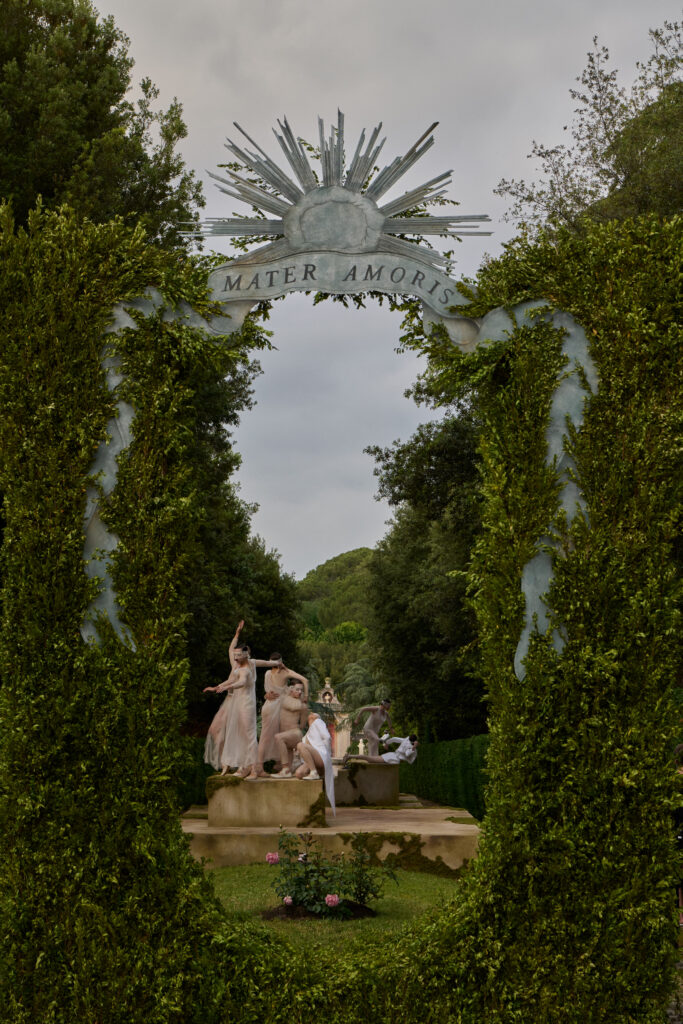

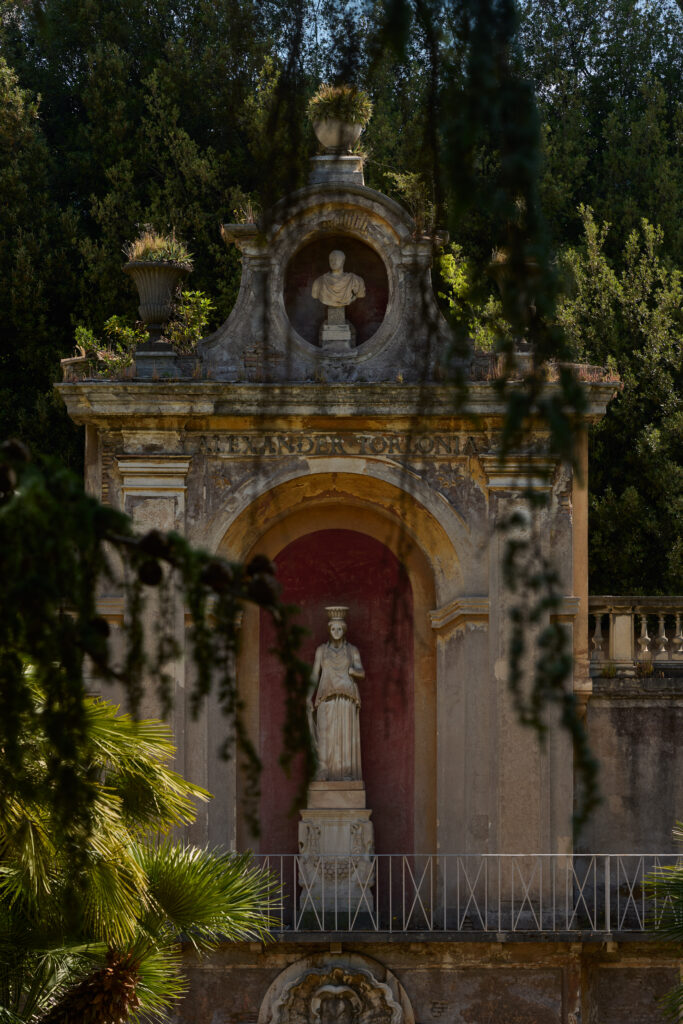
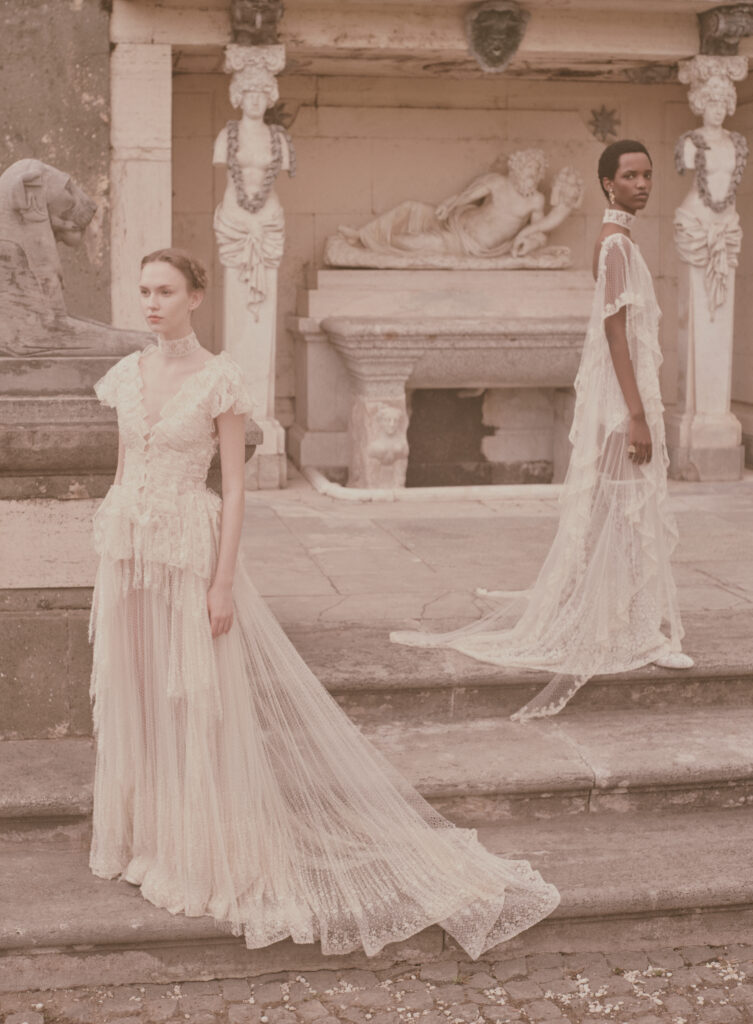
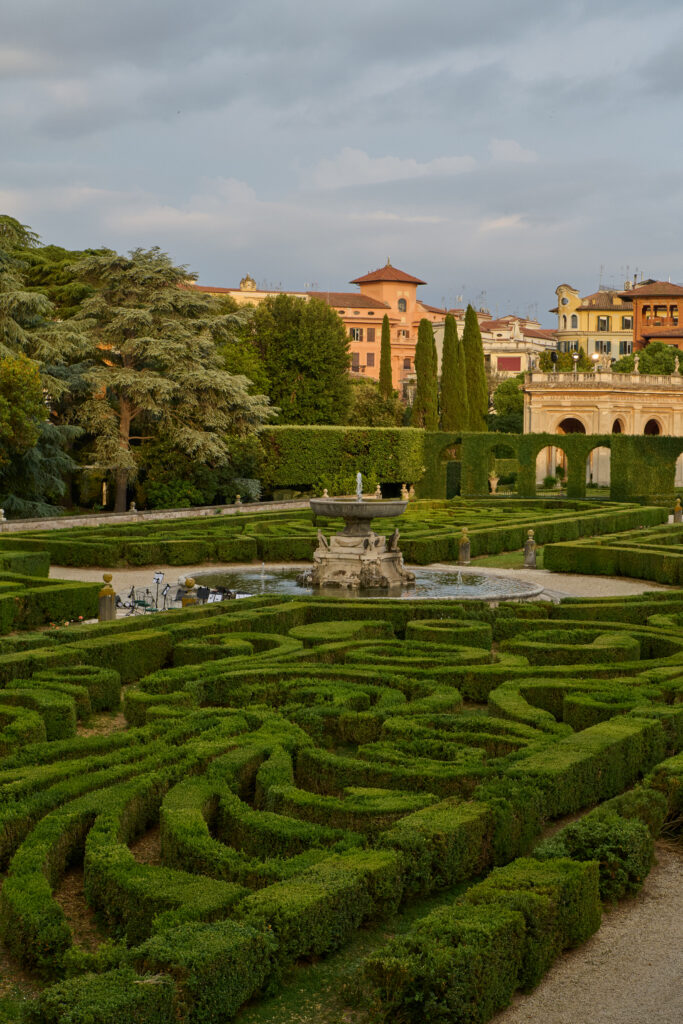
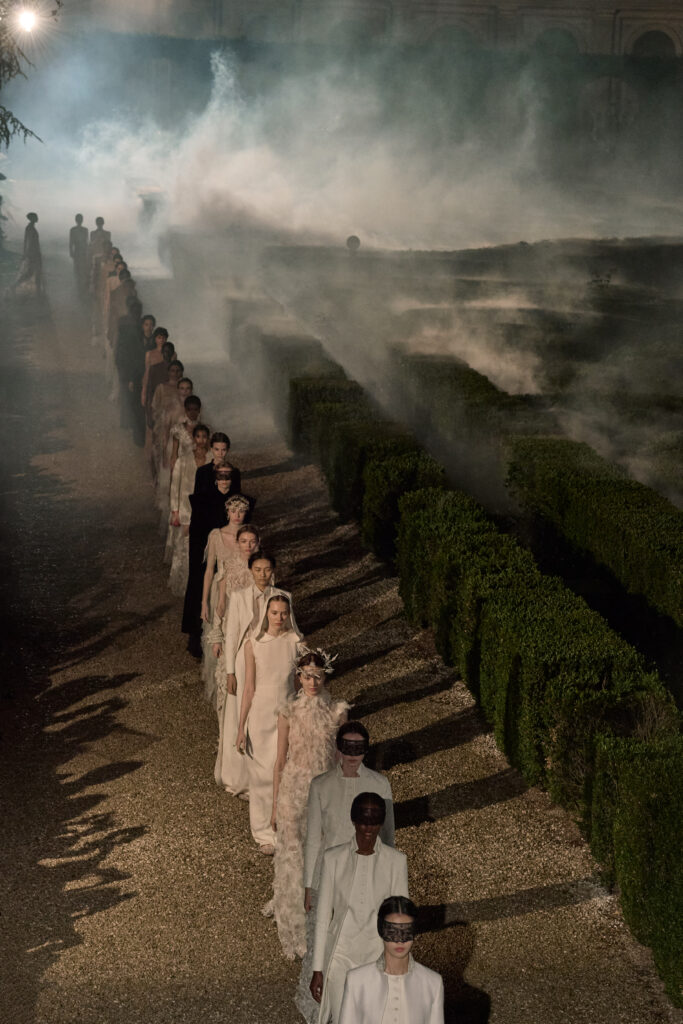

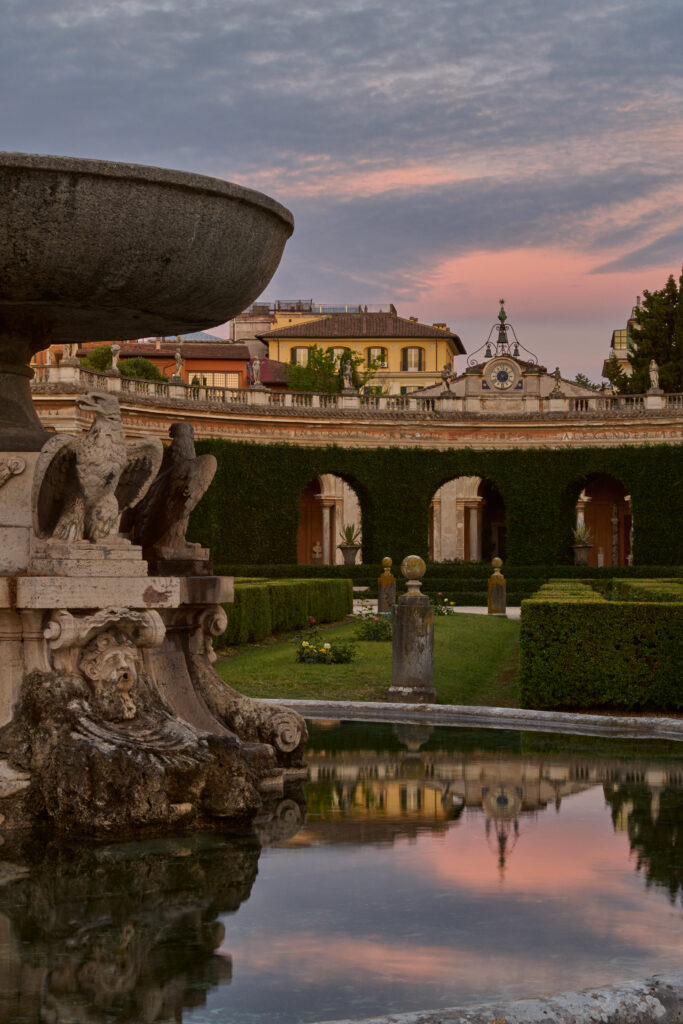
Courtesy of Dior
Discover More
